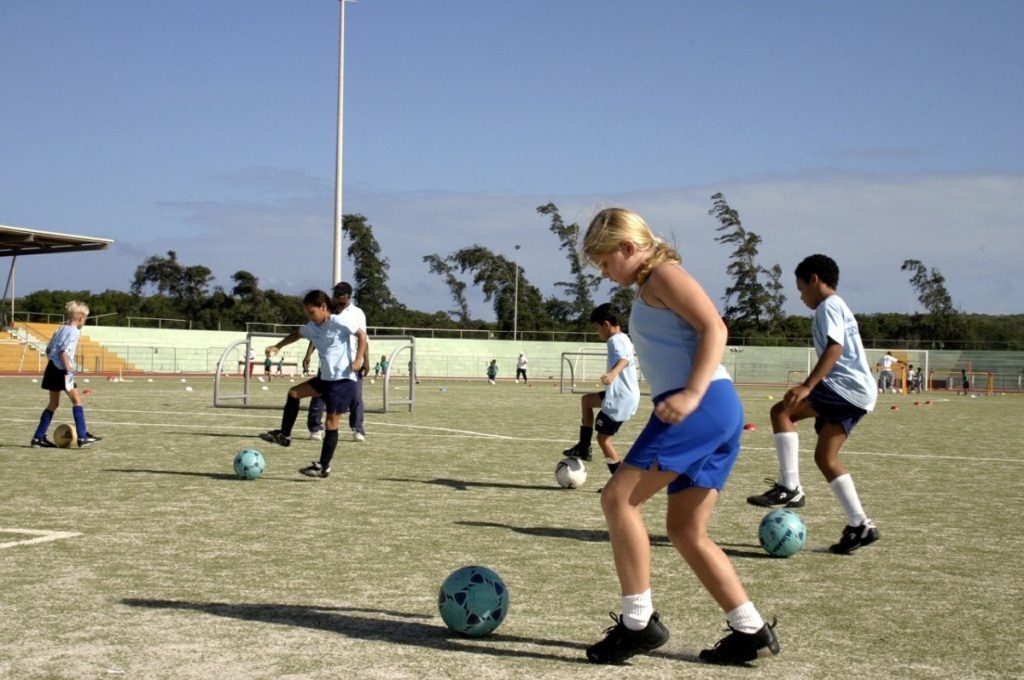
Each year, 2.6 million children between 0 and 19 are treated in the emergency room for athletic and recreational injuries. They range from broken fingers and sprained ankles to concussions and spinal injuries. The statistics are growing: kids and parents are more invested in the sport, kids are training longer and harder, and sometimes are doubling up in two sports at once. Young arms and legs are performing repetitive motion that can affect their joints.
Exercise, however, is always important for children, and sports is a great way to be active, involved, social, and skill-building. The good news is that there’s been more attention focused on sports safety and concussions, particularly in football and other high-collision sports. And while there’s risk to playing any sport, there are also reasonable ways to prevent some of them. Here are some ways that your children can be safe while participating in athletics.
1. Check that your child is wearing the correct protective equipment required for their sport. The equipment should be in working order and the right size, with any missing pieces replaced, such as a buckle or Velcro strap.
2. If your child is complaining of any pain, have them stop the activity. Make sure a coach or parent examines them and treats them appropriately (with ice, for example). If the pain persists, take the child to see a doctor.
3. Children should warm up before playing, even young ones, to get the blood flowing and prevent pulling or tearing muscles. Make sure your child is taking consistent breaks with water, especially if it’s hot out or if they are playing extra hard that day. When they’re done, they should also do a cool-down activity to loosen muscles that tightened from exercise.
4. Kids who might be more serious with their sport should also cross-train with an activity that uses different muscle groups. For example, a baseball player should do running or biking, while a figure skater might benefit from swimming on the off-days. Yoga or strength training is also a great complement to any activity. If a kid plays sports two seasons in a row, the sports should also use different muscles.
5. Encourage your children to take risks and push themselves, but also to be cautious. There’s a fine line between pushing and overdoing it. Make sure you and your child know where that line is.
6. Younger children will voice their pain more than an older child or teenager. Older children may try to play through the pain. Make sure they understand that if they feel any kind of unusual discomfort, they should stop and check to avoid injuring it further.
